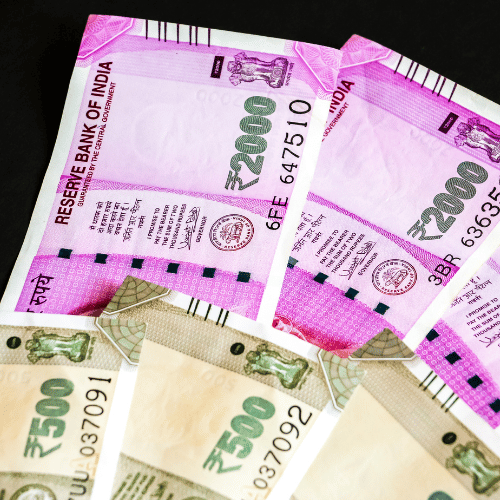Experts predict that rising oil prices will drive the Canadian dollar higher in the second quarter.
The current account deficit (CAD) of India increased sequentially to $9.2 billion in the quarter ended June 2023 (Q1 FY24), or 1.1 percent of GDP, from $1.3 billion in Q4 FY23 (0.2 percent of GDP). In the previous year, CAD was $17.9 billion, or 2.1 percent of GDP.
The Reserve Bank of India (RBI) noted in a statement that the quarter-on-quarter increase in the CAD was due to a bigger trade deficit, a lesser surplus in net services, and a fall in private transfer receipts.
The trade deficit increased sequentially from $52.6 billion in Q4 FY24 to $56.6 billion in April-June 2023 (Q1 FY24).
According to Aditi Nayar, chief economist at ICRA, CAD fell short of the rating agency’s expectations. It was led by a better-than-expected merchandise trade balance, despite a lower services trade surplus and secondary income balance.
The average merchandise trade deficit in July-August 2023 was larger than in Q1 FY24. With crude oil prices rising, Nayar expects the CAD to expand sequentially to $19-21 billion (-2.3% of GDP) in Q2 FY24.
Net service revenues fell sequentially, owing mostly to a drop in computer, travel, and business service exports, but remained higher year on year (y-o-y).
According to the RBI, private transfer receipts, which mostly reflect remittances from Indians working abroad, fell to $27.1 billion in Q1 FY24 from $28.6 billion in Q4 FY23 but increased year on year.
The net outflow on the income account, which mostly reflects investment payments, fell to $10.6 billion in Q1 FY24 from $12.6 billion in Q4 FY23, albeit it was higher than a year before.
In Q1 FY24, net foreign portfolio investment inflows were $15.7 billion, compared to net outflows of $14.6 billion in Q1 FY23. Net foreign commercial borrowings to India were $5.6 billion in Q1 FY24, compared to $2.9 billion the previous year.
According to the RBI, the balance of payments (BoP) increased by $24.4 billion in Q1FY24, compared to a $4.6 billion increase the previous year.
Higher oil prices would put pressure on the trade imbalance, according to Madan Sabnavis, chief economist at Bank of Baroda.
In FY24, the CAD is estimated to be 1.5-1.8 percent of GDP, depending on oil economics. According to RBI figures, CAD was 2.2 percent of GDP in FY23.















